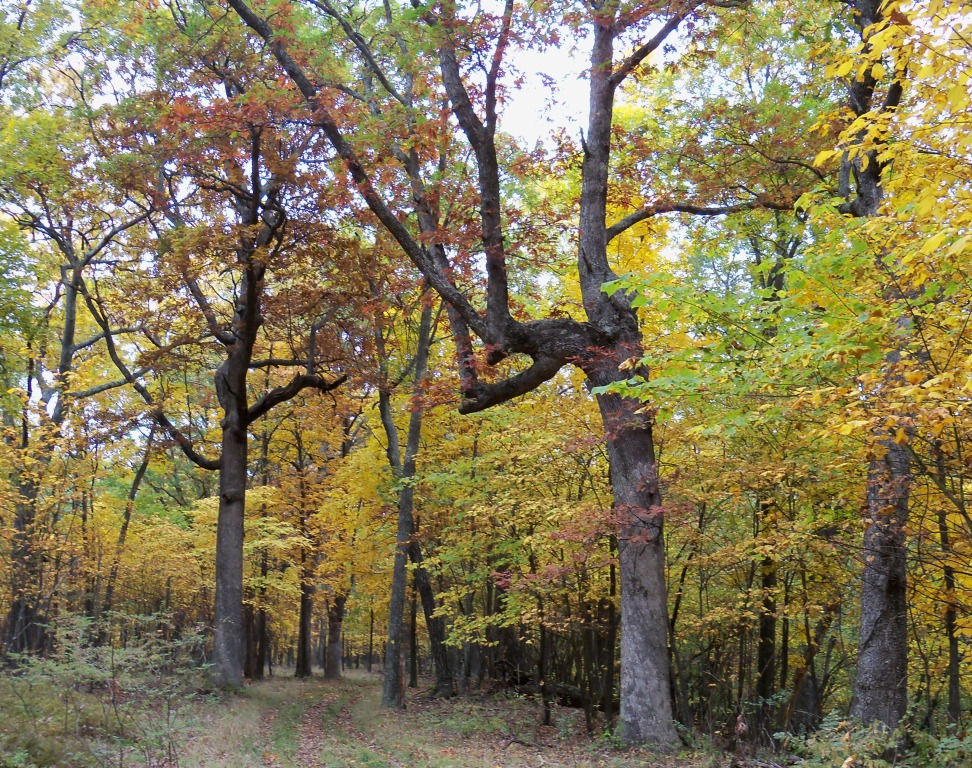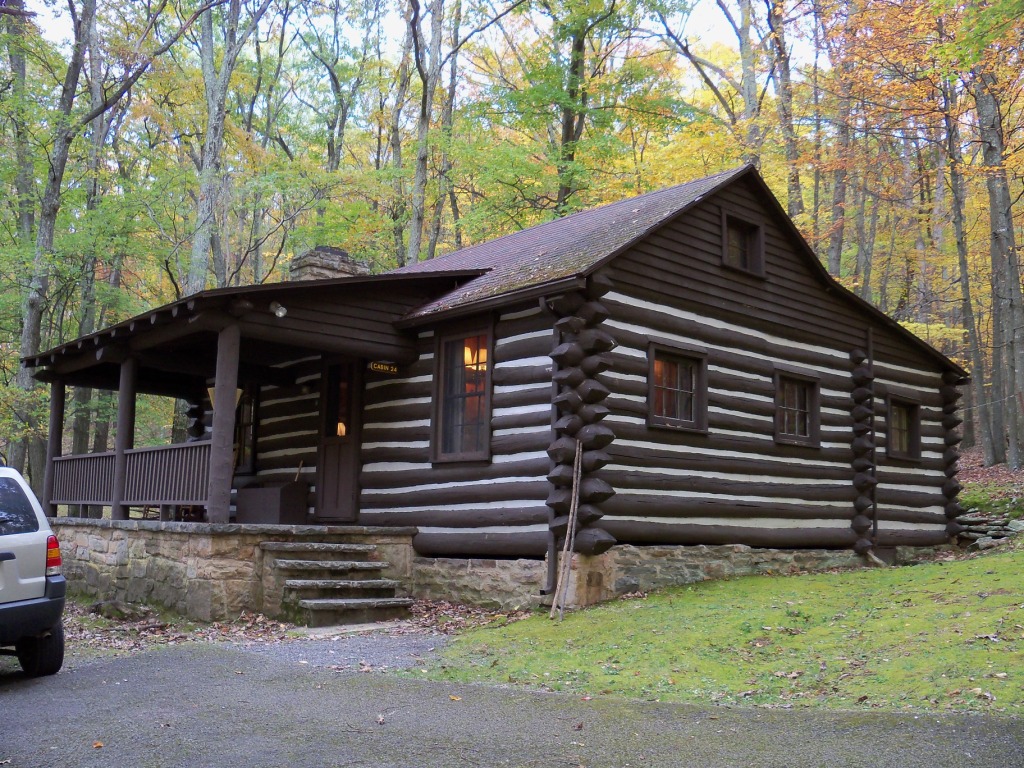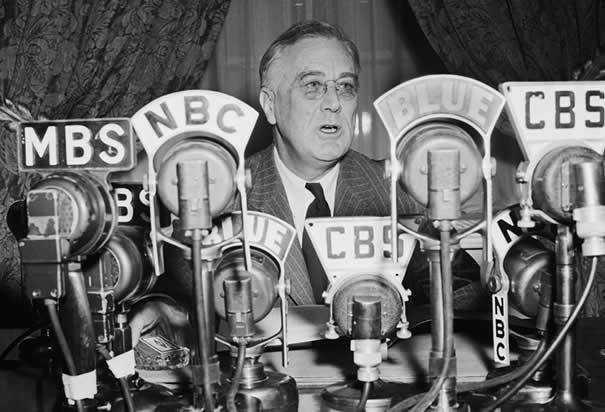- City:
- Mathias, WV
- Site Type:
- Parks and Recreation, Lodges, Ranger Stations and Visitor Centers, Swimming Pools, Campgrounds and Cabins, Bathhouses
- New Deal Agencies:
- Work Relief Programs, Civilian Conservation Corps (CCC)
Description
The CCC’s role in developing the park, as explained by the state of West Virginia:
“During the Great Depression, beginning May 15, 1934, Civilian Conservation Corps (CCC) Company 1524 occupied Camp Hardy, which was located near the present day entrance to Lost River State Park. By 1937, the CCC boys had built 15 standard cabins, an administration building, the superintendent’s residence, a swimming pool and bathhouse, a spring house covering the Lee Sulphur Springs (named after Henry “Light Horse Harry” Lee, Robert E. Lee’s father), and several bridges and other small stone structures throughout the park.
The stonework of these beautiful buildings and structures was built to last. Many CCC work examples remain intact, including the 15 standard cabins still in use today. The hardworking young men also reconstructed the Lee Cabin, also located on the park. The cabin was originally used as a summer home by “Light Horse Harry” Lee. On July 1, 1937, Lost River State Park’s 3,712 acres of land opened to the public, and today the park is a tribute to the tireless work of the CCC boys.”
Source notes
West Virginia State Parks, at https://www.wvstateparks.com/Brochures/LostRiverStateParkBrochure.pdf, accessed February 11, 2013.Site originally submitted by Brent McKee on February 11, 2013.
Contribute to this Site
We welcome contributions of additional information on any New Deal site.
Submit More Information or Photographs for this New Deal Site





Also see Sweeten, Lena L. “New Deal Resources in Lost River State Park Historic District National Register of Historic Places nomination,” NR# 10001226” 2010.